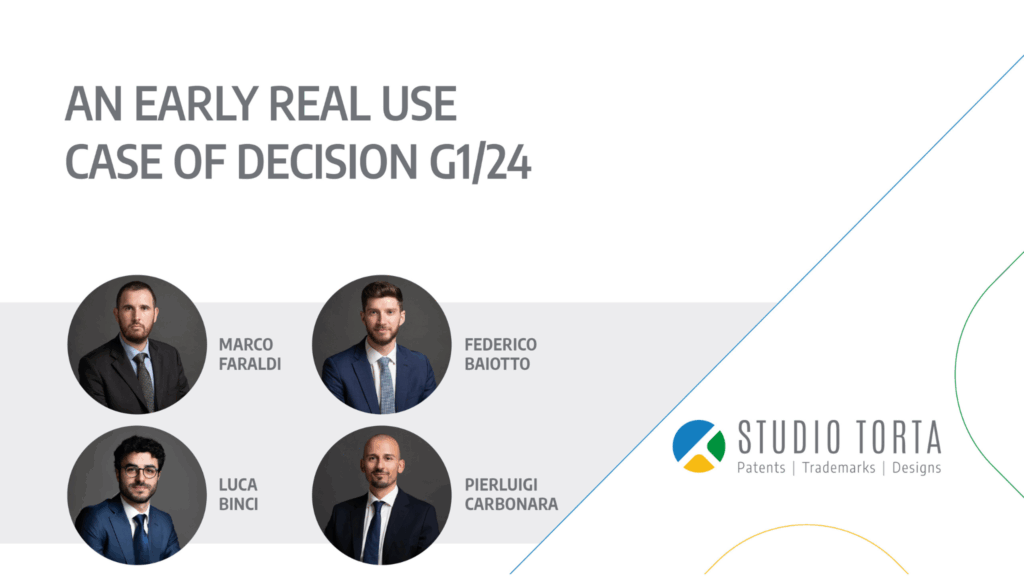10 Months of UPC
After several years in the making, the UPC was launched on 1 June 2023. Ten months later, more than 300 cases have been filed, meaning an average of one case per day. It is now time to find some Easter eggs hidden in the UPC data.
More than 80% of the cases before the Court of First Instance concern infringement actions, mostly filed at the German local divisions in Munich, Düsseldorf and Mannheim. However, this extremely high percentage needs some clarification, especially as it results from 110 infringement cases and 142 counterclaims for revocation. The counterintuitively higher number of counterclaims is due to the fact that hitherto each defendant in an infringement case needed to file an individual claim for revocation. Changing perspective and considering the 110 infringement cases filed, less than half of them were actually followed by counterclaims for revocation. In this respect, the UPC announced on 5 April 2024 the new possibility to file a single counterclaim for revocation on behalf of multiple defendants, which will represent a significant improvement for UPC parties and a revolution for UPC statistics.
28 of the remaining cases are “pure” revocation actions, which resemble EPO opposition proceedings but are not subject to the nine-month opposition period. UPC revocation actions may only be brought before the central division, which is officially based in Paris but has a section in Munich and will have another in Milan to replace the London section following Brexit. Thus far, the revocation actions filed at the Paris central division are six times those filed at the Munich central division.
Continuing the case breakdown in descending order, the current UPC cases further comprise 22 applications for provisional measures, mainly filed at the Munich local division, six applications for preserving evidence and one application for order for inspection.
The case load of the Court of First Instance is completed by a single action for damages and a single declaration of non-infringement.
A quick look at the UPC second-instance proceedings reveals a more static situation, with 27 appeals filed at the Court of Appeal in Luxembourg against decisions of the Court of First Instance.
From a technological standpoint, there are remarkable differences in the distribution of UPC first-instance cases among the eight classes of the International Patent Classification. Indeed, more than one third of the cases concern patents in class H (electricity), whereas the percentage of cases concerning patents in classes D (textiles, paper), E (fixed constructions) and F (mechanical engineering, lighting, heating, weapons, blasting) is almost negligible.
Finally, it is worth noting that the main language of UPC first-instance proceedings is changing. Although the predominant language of proceedings is still German with its relative frequency of 47%, followed by English with 45%, the gap between these two procedural languages continues to narrow as even in the last month more cases were filed in English than in German. The procedural languages of the remaining cases are French, Italian and Dutch.
As noted above, the UPC tables and charts show great variety in terms of action types, technology fields and procedural languages. However, in each of these classifications, the UPC cases are far from being evenly distributed. The opening of the Milan central division in June 2024 will certainly change the game.
For more information, please click here.




